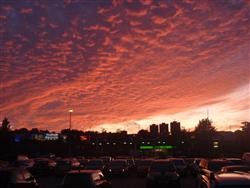Distance Education Course -Introductory Photography
 GAIN A SOLID FOUNDATION IN BASIC PHOTOGRAPHY!
GAIN A SOLID FOUNDATION IN BASIC PHOTOGRAPHY!
This is a great course for the beginner. You will learn the principles of photography, all about equipment, lighting and possible problems.
To complete the assignments you need access to camera. (Whilst any camera is satisfactory, an SLR is best. Your tutor can advise on buying a camera if you do not have one).
Comment from one of our Introduction to Photography students:
"Glad I signed up" G. Gadja